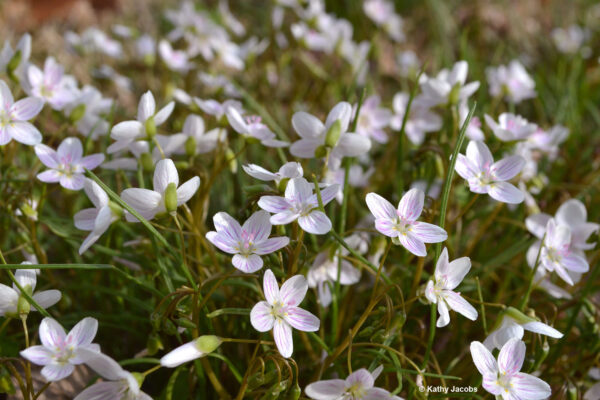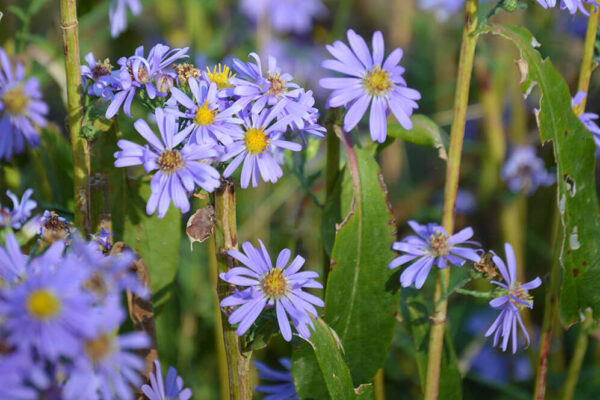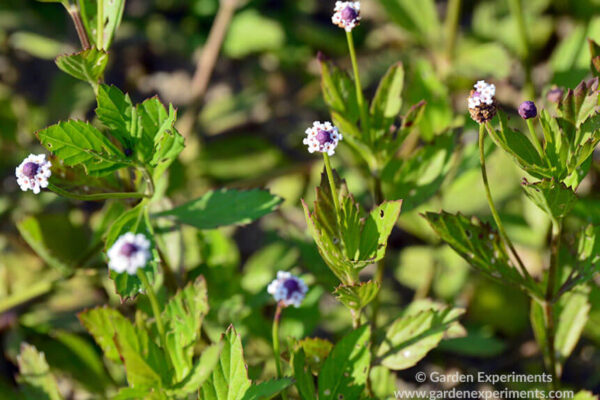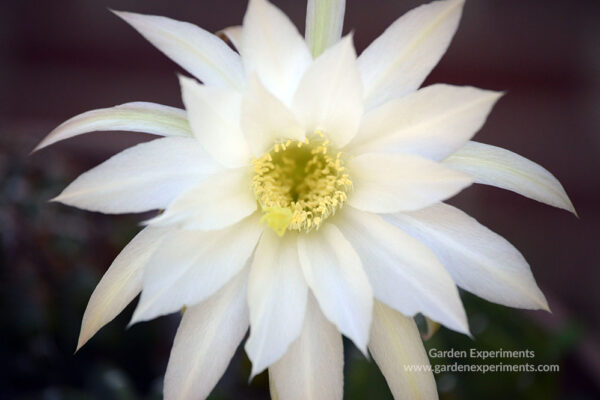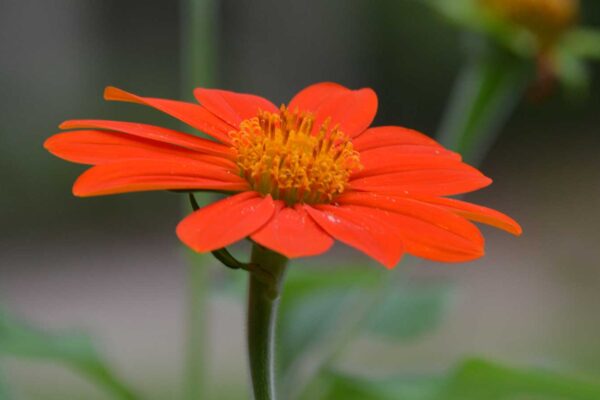When I reach my limit with the bleakness of winter and cold temperatures, the tiniest pink striped flowers start to poke their heads out of lawns and ditches. To me, the Virginia spring beauty (Claytonia virginica) is a harbinger of spring and warmer weather. These wildflowers bloom just before the false garlic – so they fill up the lawns and …
Continue Reading about Virginia Spring Beauty – Claytonia virginica

